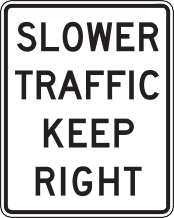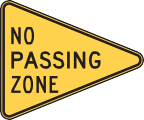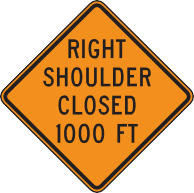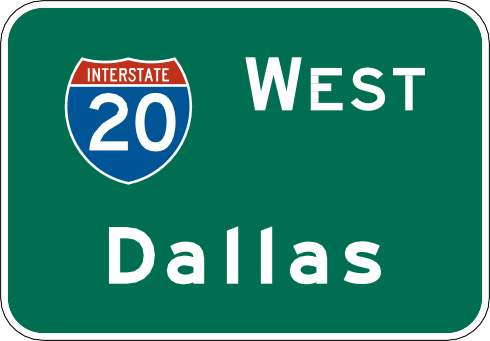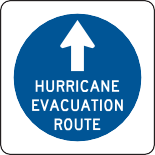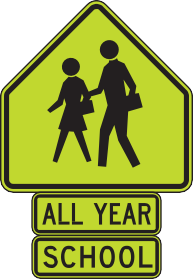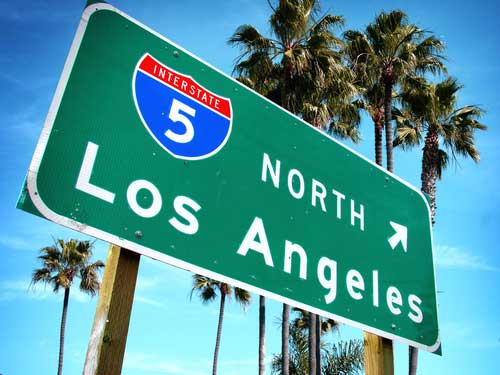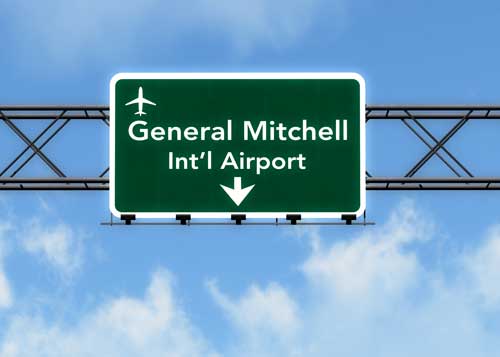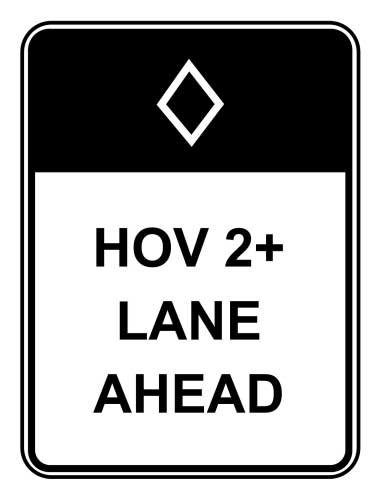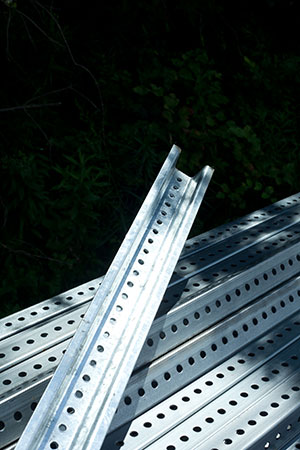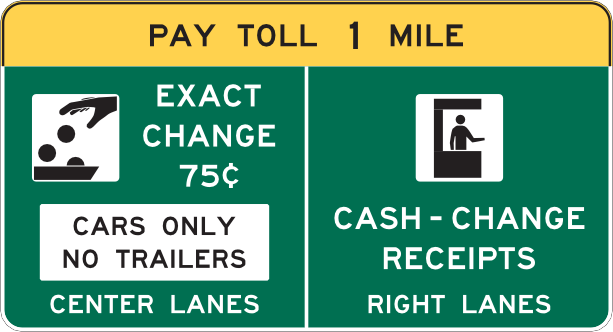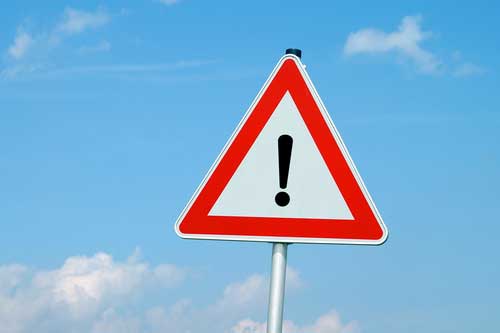Standard Highway Signs for Sale
About Today’s Highway Signage
The need for standard highway signs to manage traffic was recognized very soon after the introduction of the automobile itself, and by the late 1920s, committees had been formed which were tasked with developing uniform standard highway signs, to eliminate traffic confusion and to maintain an orderly flow in both urban and rural areas of the country.
All states have since adopted these standards, and although there have been periodic updates to the standard signage used, the standards have remained in place ever since their original adoption nearly 100 years ago. Today, all new drivers are required to learn and understand the meaning of those standard highway signs, so they can react accordingly when on the nation’s roadways.
Purpose of Standard Highway Signs
The purpose of all standard highway signs is to promote safety and efficiency on the roadways of this country and to minimize the occurrence of accidents and crashes. They are intended to provide warning and guidance to drivers about all local regulations, as well as to help with the orderly flow of traffic in the areas where they are placed.
To provide a clear and understandable message to drivers, they are prohibited from carrying any form of advertising on them, which leaves the guiding message clear and simple. They are placed in positions that can be seen by drivers at distances that give the driver sufficient to react.
Design of Standard Highway Signs
Considerable thought has gone into the design of standard highway signs because it is necessary to command the attention of all drivers. To that end, it has been taken into account what size, shape, color, lighting, and contrast are best suited to attract the attention of motorists so that the sign is sure to be seen and complied with.
In all cases, the message conveyed on standard highway signs has been kept as clear and simple as possible, so there can be no misinterpretation of the sign’s intent. Over the years, some standard indicators have evolved somewhat and may have changed in one or more elements of their composition, with the message remaining obvious and intact.
Placement of Standard Highway Signs
Standard highway signs will always be placed in optimal positions, such that they can be seen by drivers equally well during the day or night. They will also be positioned in locations where they are close to the situation or object which they apply to. Indicators in poor condition should be replaced by the appropriate authority, and any indicators which are unnecessary or do not serve the purpose of guiding traffic should be removed.
Every effort is made to place standard highway signs in locations which are consistent and uniform so that motorists can anticipate seeing them in similar situations and locations while driving.
Responsibility for Maintaining Standard Highway Signs
The responsibility for maintaining standard highway signs will rest with the public agency that has jurisdiction in any given area. This responsibility includes the design, proper placement, operation and maintenance, and the uniformity of such indicators, whenever such needs are required.
In cases where private roads exist which are open to public traffic, it is the responsibility of the private road owner to conduct all necessary maintenance. All traffic signs posted on any roadways of this country are obliged to conform to the standards set forth in the Manual on Uniform Traffic Control Devices (MUTCD).
After all necessary standard highway signs have been placed in a given area, it is then allowable for other organizations such as contractors and public utilities to place temporary indicators in the area to convey information about traffic conditions locally. All these temporary signs must conform to standards called for in the MUTCD and must be clear and simple in the method of their information.
These temporary signs have the full support of all local law agencies and authorities and must be obeyed just like the permanent standard highway signs. This type of signage must also be placed in locations where visibility is very good, and where drivers have adequate time to react to them.
Changes to Standard Highway Signs
Since there are always changes that emerge as a result of technology advances, as well as varieties in highway, vehicle, and driver proficiency, it may become necessary to alter the standard highway signs which are used to guide and warn motorists about traffic conditions. When such changes are needed, they must be handled through the formal process of submitting a change to the governing body that maintains the MUTCD, and the change must be approved before being implemented.
In this way, a uniform application of all standard highway signs can be maintained at all times, and drivers can expect consistency of usage in all roadway indicators. That being the case, it can be expected that all signage in use will remain effective for the purpose which it was originally intended, i.e. to guide drivers, such that an orderly flow of traffic can be constantly maintained.


